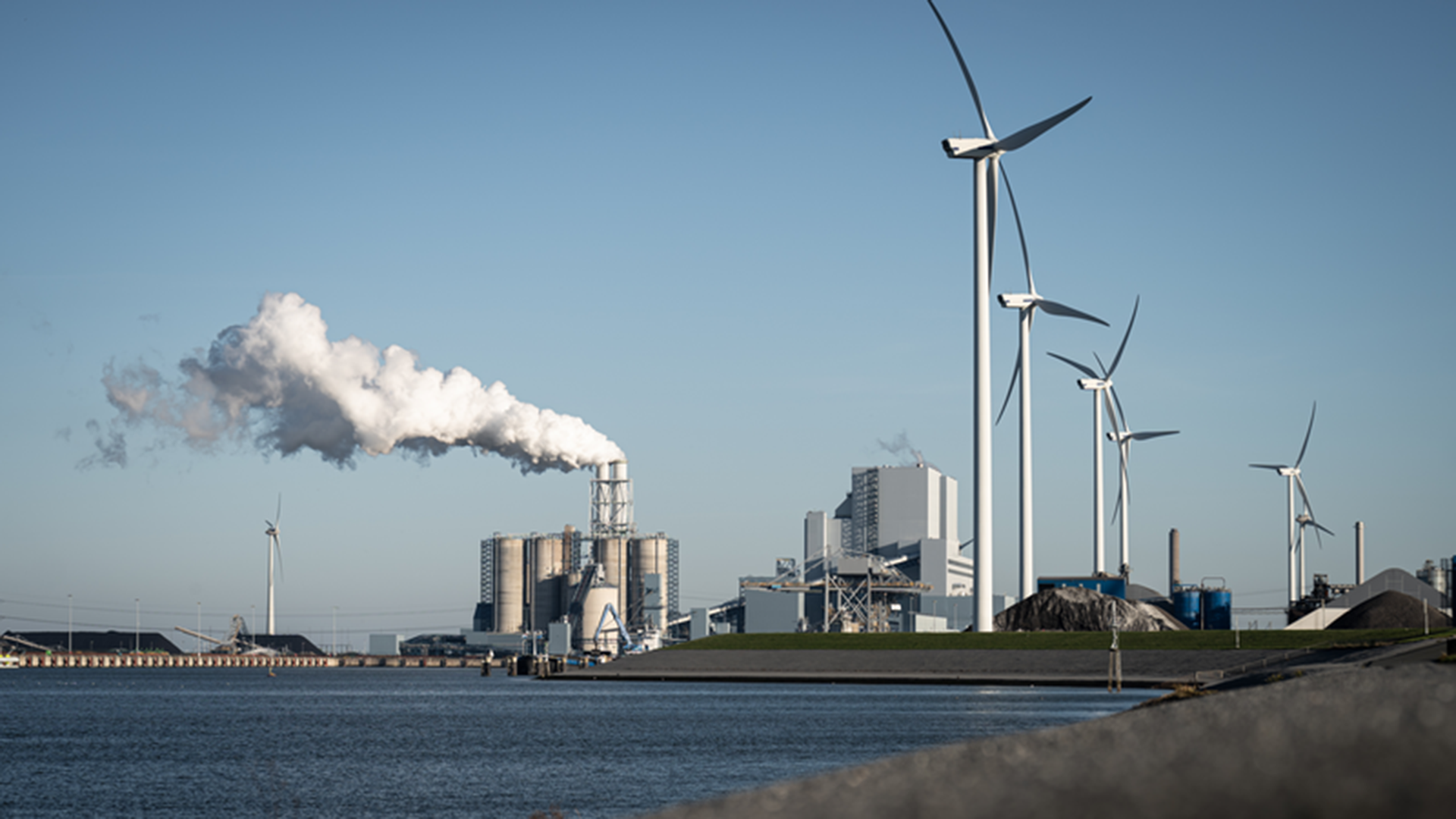Background
In July 2022, the government published its call for evidence on the future policy framework for the delivery of power with Carbon Capture, Usage and Storage (CCUS) (Call for Evidence), seeking views on how best to support the continued deployment of power CCUS projects beyond Track-1 of its Cluster Sequencing process.
The Call for Evidence addressed the following six key areas:
- Evolution of the power CCUS business model (the Dispatchable Power Agreement (DPA)).
- Introducing competitive allocation in the 2020s.
- Managing barriers to deployment.
- Realising the economic benefits.
- Future plans in the GB power CCUS sector.
- Creating suitable market arrangements for power CCUS.
Government stated that responses to the Call for Evidence will help inform government on “the design of competitive allocation for power CCUS projects” and “how the future policy framework for power CCUS will fit with wider energy markets developments and the CCUS programme”.
Government Response
On 23 August 2023, the government published its response to the Call for Evidence (the Response), identifying four key themes across the responses received.
- Need for clarity on ambition, funding and policy to stimulate a future pipeline of power CCUS projects.
- Strong support for the DPA and its continued use.
- Need to further develop government thinking on what competitive allocation should look like and how this should interact with the wider CCUS programme and overarching energy policy (e.g., the ongoing Review of the Electricity Market Arrangements (REMA)).
- Strong support for a supply chain strategy that promotes moves between sectors for a workforce that holds transferable skills.
The Response also set out the government’s position in response to the each of the areas on which it sought views from stakeholders, which we have briefly summarised below.
Introducing competitive allocation in the 2020s
The Response confirmed that government remains committed to the introduction of competitive allocation for power CCUS in the 2020s, via either (a) development of a bespoke allocation process for power CCUS or (b) by bringing power CCUS into open competition with other similar technologies. However, it is of the mind that both options require further consideration alongside wider policy evaluation in relation to power CCUS and Review of the Electricity Market Arrangements (REMA) developments. In relation to REMA, government has confirmed that further consultation in relation to REMA will be published by the end of 2023.
Government has also committed to further consider how power CCUS could transfer from bespoke support towards a market-based solution, as part of its commitment to move to competitive allocation of power CCUS within the 2020s.
Evolution of the power CCUS business
There was strong support for the continued use of the DPA and, on the back of this, the government confirmed that the current DPA will continue to be used for successful power CCUS projects in the Track-2 or Track-1 expansion processes in the 2020s.
Several suggestions were put forward by respondents as to when a bespoke business model might cease to be used. These included when power CCUS projects were in a position to participate competitively within the Capacity Market; once the 2035 electricity system decarbonisation ambition had been met; and when gas CCUS projects had reached level 6 on the Commercial Readiness Index and were considered as bankable assets.
However, despite these suggestions, the government confirmed further stakeholder feedback and consultation would take place ahead of any decisions on using DPA beyond 2030. It also confirmed it would continue to consider any evolution of the DPA that might be required to enable it to work as part of a competitive allocation process. Areas of specific consideration relate to the ongoing use of the DPA’s Payment and how effectively the current DPA works for retrofit and CHP projects.
Managing barriers to deployment
Several barriers to deployment were identified in responses to the Call for Evidence, including delays to cluster sequencing and transport and storage (T&S) infrastructure progress; skills gaps; lack of clarity on interactions between power CCUS and the T&S system due to the lack of a final version of the CCS network code; and a lack of deployment of non-pipeline transport (NPT) for CO₂, such as CO₂ shipping.
Whilst the Response identifies a number of initiatives already put in place to address these barriers, it also confirms the government’s intention to consult further this summer on the finalised versions of the CCS Network Code Heads of Terms and publish final version as soon as possible thereafter. Government also acknowledges the need for access to the T&S network from remote emitters and international sources as important in achieving its decarbonisation targets and has committed to engaging further with industry to understand the arrangements necessary to enable NPT of CO₂.
Realising the economic benefits
The Response reiterates the government’s commitment to continue to work closely across the value chain to develop areas such as capture technology and to address key strategic issues where needed. Government points to the CCUS Supply Chain Good Practice Document which was published in July 2023 and confirmed it will consider the responses to the Call for Evidence in shaping supply chain guidance for future projects.
Future plans in the GB power CCUS sector
Government sets out in the Response that it will, in 2023, ‘set out a vision’ for the future of the UK CCUS sector which, it states, will provide long term confidence and certainty to developers and investors. No additional detail as to what this ‘vision’ will include is given, however government does confirm that, at this time, it does not intend to introduce a new power CCUS specific target (beyond existing target of one power CCUS plant by mid 2020s).
Creating suitable market arrangements for power CCUS
Government confirms its position that power CCUS should play a mid-merit role in the generation mix (i.e. dispatched after lower cost lower carbon renewable generators, but ahead of unbated fossil fuelled generation) and is of the opinion that the DPA is designed to incentivise this.
As stated elsewhere in the Response, government sees a role for various forms of low-carbon dispatchable power, such as power CCUS and hydrogen-fired power generation in order to meets its 2035 power decarbonisation ambitions. With this in mind, the government has committed to publishing further consultation in autumn 2023 on “the need, and potential design options for, market intervention to support the deployment” of hydrogen-fired power generation.
Conclusion
Whilst much of the detail of the future policy framework remains subject to further consultation and stakeholder engagement, the government’s currently stated position provides some clarity as to its preferred business model moving forwards, which will be welcome to CCUS stakeholders.
We will continue to review and report on any significant announcements in relation to future policy framework for power CCUS. In the meantime, please feel free to contact our team for more detail or if you require any assistance in relation to power CCUS.





